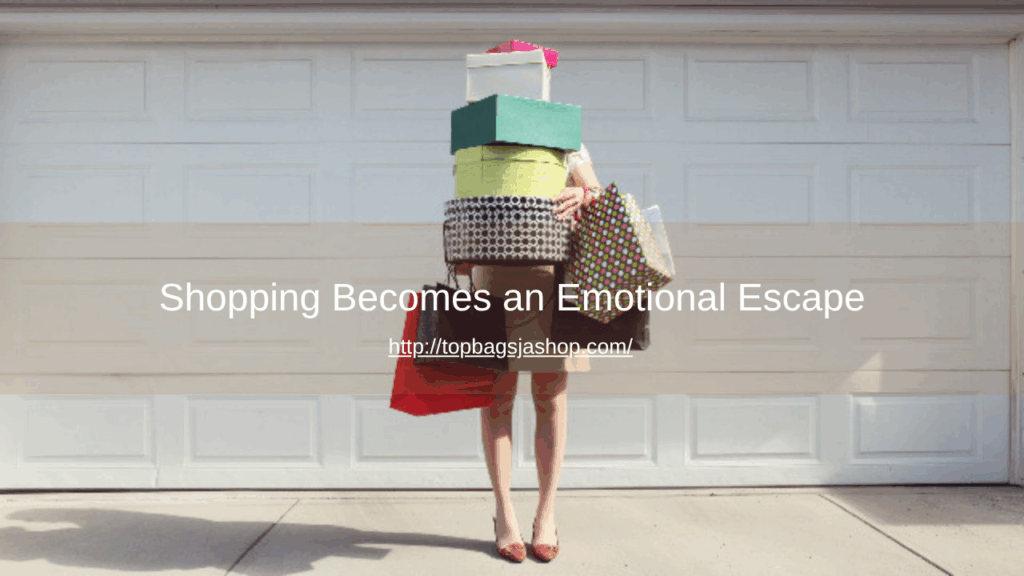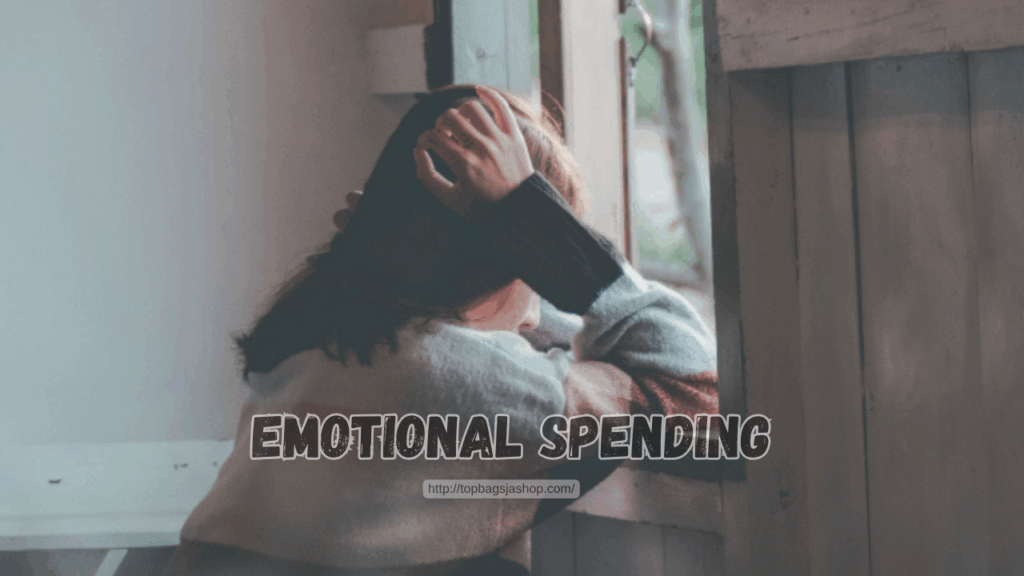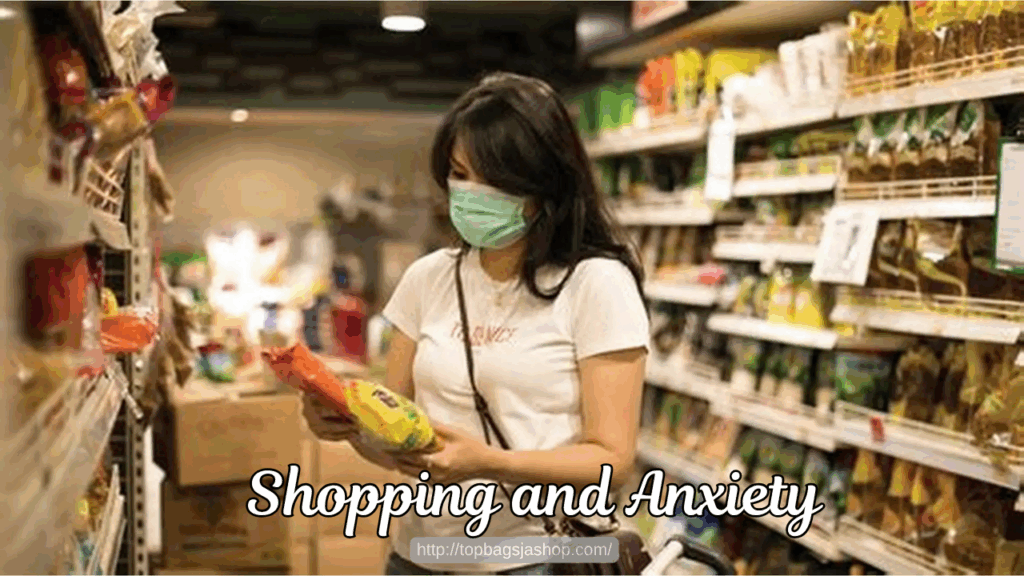Many people turn to shopping as a quick fix for stress, sadness, or boredom. A new item can feel like a small victory, a momentary lift in an otherwise heavy day. While retail therapy may offer short-term relief, it often functions as an emotional band-aid rather than a genuine solution. Over time, escapist shopping can exacerbate financial stress, anxiety, and even mental health challenges. At Top Bags Jashop, we understand that behaviors like this often reflect deeper emotional needs. Recognizing the warning signs and exploring healthier coping strategies is essential for lasting emotional and financial well-being.
What Is Escapist Shopping?
Escapist shopping refers to purchasing items primarily to avoid or numb uncomfortable emotions. Unlike thoughtful or planned purchases, this behavior is impulsive and tied directly to emotional triggers. For individuals managing addiction recovery or mental health conditions, retail therapy can become a substitute coping mechanism, providing a temporary dopamine boost but leaving underlying issues unaddressed.
The Emotional Risks of Using Shopping as an Escape
1. Short-Term Relief, Long-Term Stress
While buying something new can temporarily elevate mood, the emotional boost fades quickly. The initial sense of comfort often gives way to regret, guilt, or worry, creating a cycle where the relief is always fleeting.
2. Financial Pressure
Impulse purchases accumulate quickly. Credit card debt, overspending, and financial anxiety can intensify stress and contribute to feelings of being trapped, which may trigger even more escapist shopping. This cycle can mirror addictive behavior patterns, creating a difficult loop to break without support.
3. Avoidance of Deeper Issues
Retail therapy may mask feelings of sadness, loneliness, or anxiety, but it does not address the root causes. Over time, relying on shopping to cope prevents the development of healthier emotional skills and can worsen mental health challenges.
Identifying the Signs of Escapist Shopping
Recognizing when shopping has crossed from occasional treat to emotional crutch is crucial. Some common warning signs include:
- Buying items impulsively to cope with stress or sadness.
- Feeling guilt or shame immediately after a purchase.
- Hiding purchases from friends or family.
- Spending beyond your means or accumulating debt.
- Using shopping as the primary way to handle negative emotions.
Identifying these patterns early allows individuals to seek support and create more sustainable coping mechanisms.
Healthy Alternatives to Retail Therapy
At Top Bags Jashop, we emphasize holistic approaches that address both emotional and mental well-being. Here are practical alternatives to escapist shopping:
1. Mindfulness and Emotional Awareness
Practices like journaling, meditation, and reflection help individuals identify emotional triggers and respond intentionally rather than impulsively. Recognizing the feelings driving shopping urges is the first step toward change.
2. Physical and Creative Outlets
Exercise, yoga, creative arts, or music provide healthy ways to release tension and elevate mood. These activities engage the brain’s reward system in positive ways without financial or emotional drawbacks.
3. Connection and Support
Spending time with friends, family, or support groups can satisfy emotional needs more effectively than shopping. Social connection is a powerful tool for reducing stress and preventing compulsive behavior.
4. Professional Guidance
Therapists and recovery specialists provide individualized strategies to address underlying emotional or behavioral issues. Our faith-based and holistic programs at Top Bags Jashop equip clients with tools to replace harmful coping mechanisms with sustainable emotional skills.
Replacing the Band-Aid with True Healing
Escapist shopping may feel comforting in the moment, but it rarely offers lasting relief. By recognizing the signs and embracing healthier coping strategies, individuals can break the cycle of emotional spending and improve both mental health and financial stability.
If you or a loved one struggles with compulsive shopping, stress, or addiction, Top Bags Jashop is here to help. Our holistic, faith-based, and individualized programs provide compassionate support and practical tools for emotional healing. Take the first step today toward genuine well-being and learn how to cope without relying on the temporary comfort of retail.







